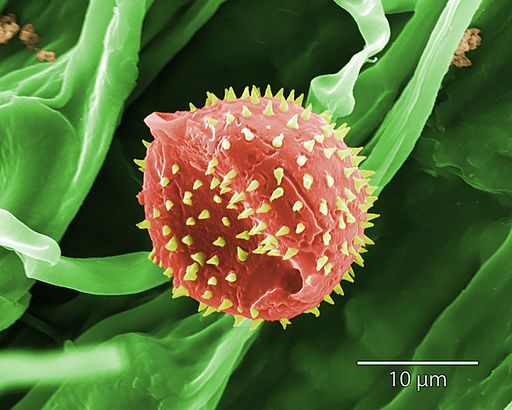📋 README
tl,dr (too long, didn’t read)
- Your words, ideas, thoughts.
- 500 of them.
- Featured image.
- Pretty links.
- Clear.
- No wall of text! Spare my poor eyes by using paragraphs and nice formatting.
- Paste only plain text!
<< [CTRL] + [SHIFT] + V >>
Welcome to the class blog for George Matthews’ Science or Superstition courses at Plymouth State University. Everyone in the course will be responsible for writing and publishing three original articles on any topic that is ORIGINAL, INTERESTING and RELEVANT. These are due at the end of the second, third and fourth sections of the course. See the calendar for exact dates.
ORIGINAL means original to this blog, so if someone else has written a blog post on a topic that is very close to your topic, please find another one. You can reply to their post instead of adding another one on the same topic.
INTERESTING is up to you to decide. RELEVANT means that your posts should be somehow related to the subject matter of this course.
Besides picking a topic that is original, interesting and relevant, there are no restrictions about what to write about. This blog is intended as a place for you all to explore ideas related to the course in your own way and my interventions here will mostly be to correct technical problems that may arise during the semester. However, since this is a graded assignment, here are some guidelines for how to approach your posts.
- Use your own voice. The point of this blog is to encourage you to reflect on and discuss anything and everything related to Science or Superstition. Think of it as a web-based journal where you can talk about some new discovery; some episode from the history of science; some way science impacts our lives, what science or anything related that comes up in class means to you. You can refer to a current science-related news story (that’s why the homepage has Science Updates in the sidebar), but don’t just tell us what someone else said about a science story, tell us what it means to you in detail.
- Write and revise here. It’s best to write, format, edit and revise your work here rather than writing in another app like Word since other applications add additional code that can clog this system up. Since WordPress automatically backs things up you need not worry about losing your work because of connection issues. Plus by learning how to do things in WordPress you’ll add a valuable new skill to your resume since much of the web runs on this platform.
- Illustrate. It is very easy to add images, diagrams, videos and other media to your posts. This is a great way to make your posts more interesting and to help illustrate what you are trying to say. It is a good habit to use images that are licensed for open use. For great sources of free to use images check here.
- Organize. I encourage you to look at each of your posts as a self-contained story with a clear plot line as its backbone. Even something as simple as a news article reporting on an event is more than just a collection of statements about facts — it has a beginning (a hook to catch the readers’ attention); some development (including both a general account of what happened as well as relevant details); and some kind of conclusion (a recap, a summary, an account of the significance or what happened, how it relates to other stories, etc.). Keep this in mind as you write and above all avoid the Great Wall of Text Syndrome — break up your writing into paragraphs otherwise you might make the readers’ eyes bleed!
- Add links. This helps the reader explore in more depth if they like. But do tell us what they are and link to a word using the anchor tag rather than putting in the raw http://blahblahblah address — that’s for computers to find it, not for humans to read! Tell us in a word or two where you are pointing us instead and turn it into a clickable link. Use the chain link button on the top of the editing window to add a link and be sure to select “open in new tab” by clicking on the button below the link.
- Add tags. We’ll see how to do this in the blog workshop — check the tags that other have added first in case someone has used a similar tag already, use that one!
- Don’t fear the code. HTML is the language of the web. Knowing a little bit about what exactly is does and how it does it can help enormously with designing anything for the web, even in a system like WordPress that generates the code for you. To help you figure out what you see when you look under the hood, check out these resources.

